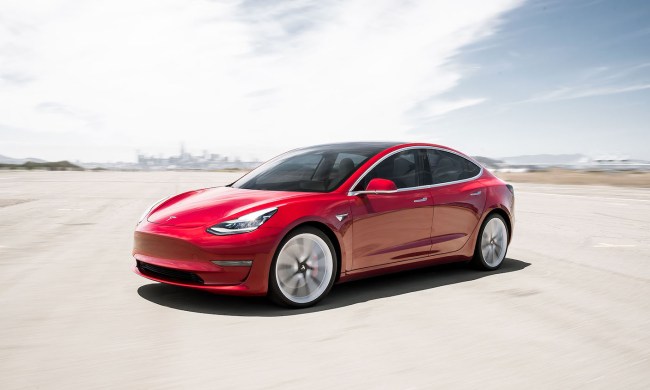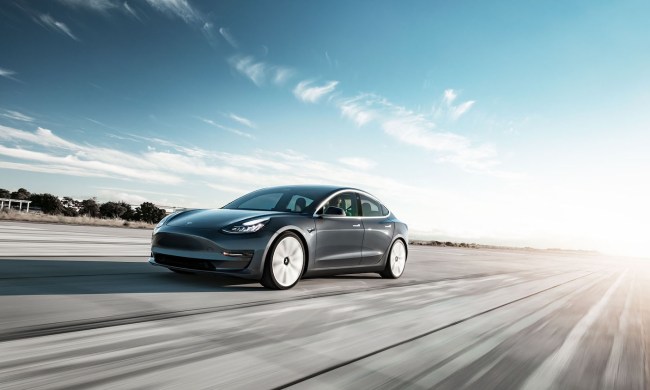It’s not uncommon for police officers to find a driver asleep in their car, but finding a driver asleep in one that’s motoring along at 70 mph … well, that’s something else.
The alleged incident took place on Highway 101 in Palo Alto, California at just after 3 a.m. on Friday, November 30.
At first, the episode sounds just plain weird, but the car was a Tesla Model S, which can be driven on Autopilot, a mode that offers a certain degree of self-driving functionality.
Understandably unhappy about the occupant apparently sleeping at the wheel of a moving car, officers with the California Highway Patrol had to work out how to bring the vehicle to a halt as it motored along the road.
They opted to call in additional patrol cars, several of which drove behind the Tesla to slow down traffic that was coming up the rear. At the same time, one of the cars took up a position just ahead of the Tesla before gradually slowing down, causing the Model S to follow suit.
In all, it took seven minutes and seven miles to bring the Tesla to a safe stop.
Local media reported that cops then had to bang on the window to rouse the driver, who was later identified as Los Altos planning commissioner Alexander Samek. He was arrested at the scene on suspicion of driving under the influence.
It has yet to be confirmed that the Tesla was on Autopilot, though the description of the incident seems to suggest that this was the case.
The curious part of the story, however, is that in Autopilot mode the driver still has to keep their hands on the wheel in order for the car to proceed, with Tesla’s system issuing multiple alerts if it detects otherwise. If the driver fails to respond to the alerts, the car should automatically slow to a halt until the driver demonstrates that they have overall control of the vehicle by taking the wheel.
The officers’ efforts to bring the Model S to a safe stop are clearly commendable, while some will praise Tesla’s technology in the way that it appeared to prevent an accident from occurring when the driver wasn’t in full control of the vehicle. The company will of course be keen to learn the full facts of the case, and to understand how the car was able to operate if the driver was truly asleep.
Commenting on the unusual incident, California Highway Patrol public information officer Art Montiel said: “It’s great that we have this technology; however, we need to remind people that … even though this technology is available, they need to make sure they know they are responsible for maintaining control of the vehicle.”


